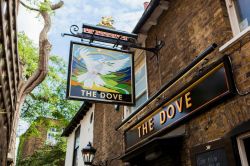Features
The Holy Grail of Whiskey Production
Among the United Kingdom’s crowning jewels stand these regions that have put their whiskey on the world map.
The scotch and whiskey regions of the United Kingdom have developed a kind of cult status amongst whiskey lovers. From the times when there were no regulations on the production of whiskey to current times where there are several stringent regulations in place, these regions have delivered world-class whiskies to the world throughout time. Anyone who enjoys a great whiskey will know of the importance of these regions and how closely they have been associated with the rise of whiskey as a global spirit.
All of these regions offer something different to a whiskey aficionado. From being home to the biggest and most iconic whiskey producers in the world like Glenlivet and Glenfiddich to producing single malts from the past century, all the whiskey producing regions of the UK have a story to tell.
The Highlands
The Highlands form the North-west part of Scotland. It encompasses the area between Helensburgh and Stonehaven and is divided into four subregions, the Northern Highlands, Southern Highlands, Western Highlands, and the Eastern Highlands. While most have come to believe that the Orkney Islands and the Isles of Mull, Jura, Lewis, Islay, and Skye in the Hebrides and Arran are a part of the Highlands, they are considered as separate whiskey regions. The Highlands are the largest region by area and produce 100% malted barley usually made on a pot still and a less complex distilling apparatus.
The region is popular amongst whiskey enthusiasts owing to the sheer number of distilleries here that have helped develop the culture of whiskey drinking not just in the UK but all across the world. What adds to their intrigue is how the style of the making of the distillers is so varied. The typical flavour profile of a whiskey from the Highlands will consist of floral profiles, nuts, a slight sweetness and a heathery profile with maltiness.
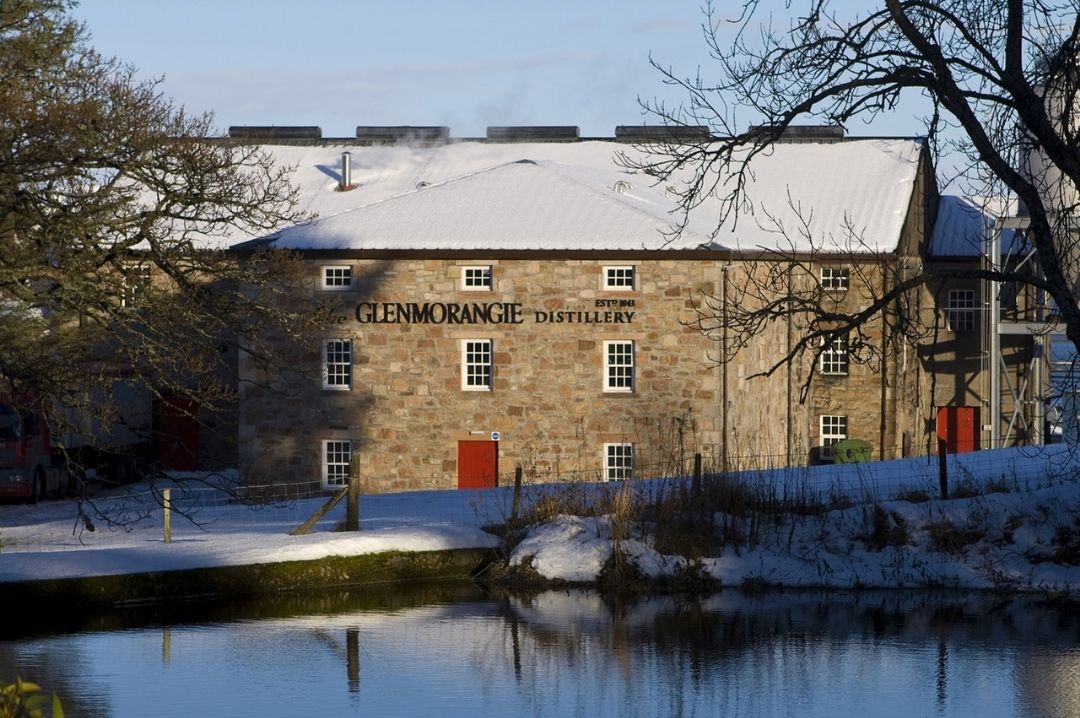
Glenmorangie, Source Facebook
Popular brands of whiskey from the Highlands include the Glenmorangie Single Malt, The Dalmore and the Glen Garioch. In terms of the differentiation on the profile, the ones towards the north are more bodied single malts compared to the rest. To the east, there are full-bodied whiskies with lots of fruits and pungency, like the Aberfeldy.
The Glenmorangie distillery is the shining light of whisky production in the Highlands. Established in 1843 by farmer William Matheson, the whisky makers produce wondrous whiskies at the very same spot to date. The distilling takes place in tall stills and requires skills that have been built over generations. From using the water from Tarlogie Springs and sourcing casks from far and wide to bring in a distinct flavour to their whiskies, there is a lot that goes behind bringing forth a Glenmorangie single malt. It is truly a selection of the highest rate.
Speyside
Yes, Speyside technically is a part of the Highlands but they have sprung out on their known and have become renowned for their single malts. The reason why Speyside is so important to the world of whiskies comes down to the fact that it is home to half of the distilleries in Scotland. While the distilleries from Speyside can use either of the labels, Highlands or Speyside, they have an individual quality that has come to be synonymous with the area.
Master of Malt believes that Speyside has the greatest concentration of single malt whiskey producers compared to every other whiskey producing region. Speyside’s reputation started developing in the 19th century with the iconic Glenlivet and its rising popularity. The brand, still a leader of the pack, has now been followed by other similar single malts over the years. Full, rich and elegant with fruity, honeyed and sherried flavour profiles are what a typical Speyside whiskey consists of.
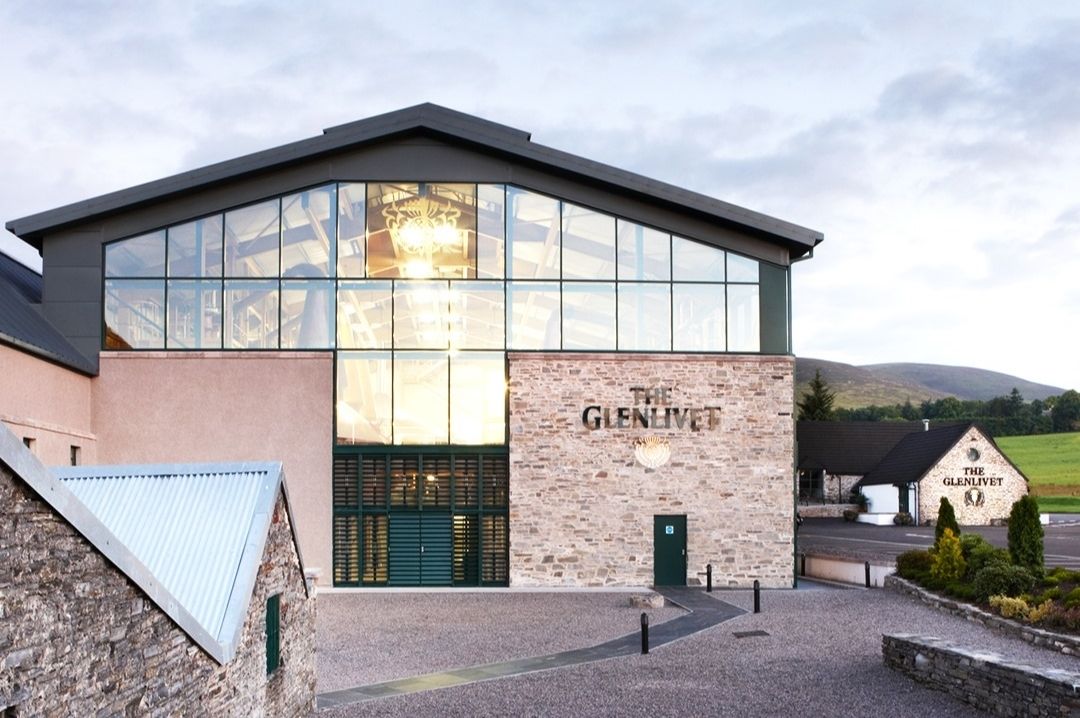
The Glenlivet, Source Facebook
There are two primary styles with which a Speyside scotch is recognized. The light, honeyed and sweet single malts like that of a Glenlivet or a Glenfiddich. The more recent tradition is that of big-bodied or sherried drams like The Macallan or the Glenfarclas. If you want to taste what a rich single malt whiskey is actually like, Speyside whiskies are definitely the way to go.
The whisky world would have been incomplete without Glenlivet. A brand so deeply entrenched in the whisky history of the world and one of mythical proportions, their journey started in the Livet valley, originally for illicit distillation. It was here that founder George Smith learnt his craft and brought the world one of its most recognizable brands. Glenlivet offers several amazing tasting tours of their distillery that you can enjoy as much as their collection.
The Lowlands
This is the UK’s region for producing gentler and floral whiskies. Having earned the nickname, ‘The Lowland Ladies’, distillers from this region prefer triple distillation which makes the whisky more delicate. Although the style of triple distillation is now fading into oblivion, it has certainly contributed to the development of the UK's whisky regions. With the emergence and the rising popularity of the aforementioned regions of Speyside and The Highlands, The Lowlands’ production has taken a hit.
There are a few brands however that have held the fort with their skill and passion for delivering top quality whiskies. The Glenkinchie, just east of Edinburgh and the Auchentoshan distillery are the ones that offer an echo of the Lowlands distillation history. Sweet, grassy, floral, soft, light, and delicate is how one would define the flavour profile of the whiskies from the Lowlands. The recently restarted Bladnoch is also a superb representative of the Lowlands region.
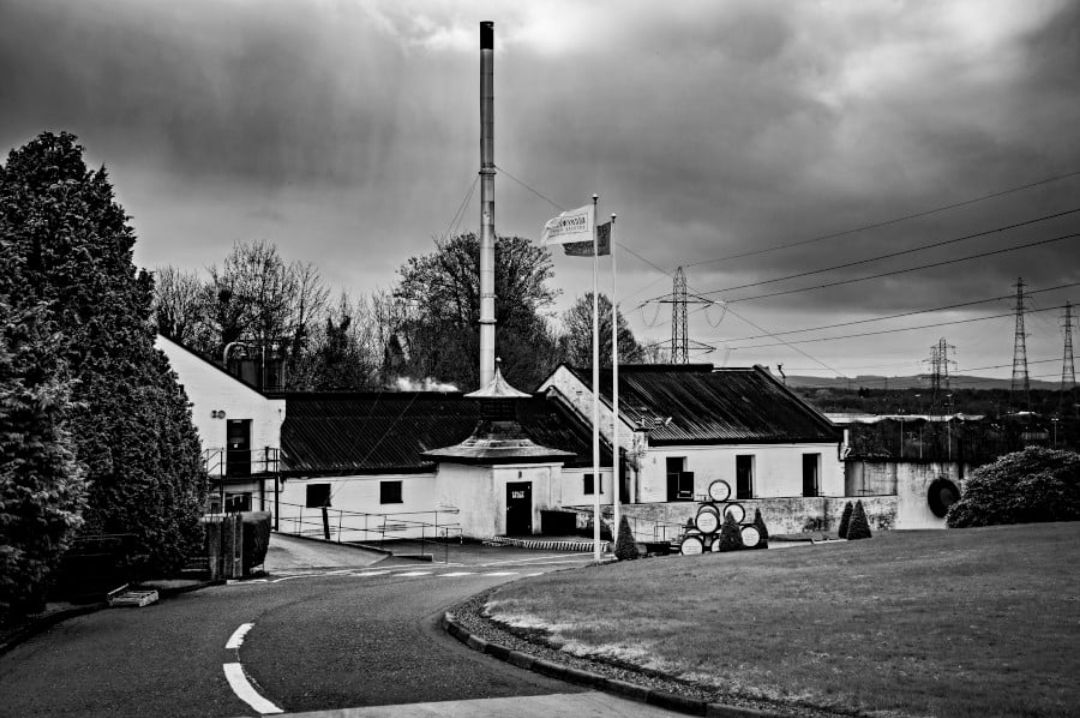
Auchentoshan Single Malt Whiskey, Source Facebook
The Alisa Bay is an atypical Lowlander but is helping push the Lowlands as the great whiskey producing region that it is. Some of the now-defunct distilleries including Rosebank and Ladybird are the ones that helped establish the Lowlands as a powerhouse whiskey producing region. The legacy will be carried forward and the Lowlands will always remain one of the UK’s best-loved whiskey producing regions.
Durbantoshire’s estate houses the Auchentoshan distillery that has been in operation since 1823. Just on the outskirts of Glasgow, the distillery has shown time and again how it can come back from drastic situations to rise and deliver amazing whiskey. One such instance was during the second world war when a bombing raid destroyed a warehouse. With the river Clyde being targeted, whiskey production came to a halt. The indomitable spirit however was shown when the distillery rose from the aftermath to begin whiskey production until 1960 when it was absorbed by J & R Tennent of Wellpark Brewery. Fast forward to 2019, the distillery launched the New Bold Pack which is among a fantastic list of single malts. The distillery also offers experiences that will take you on a journey through Auchentoshan’s riveting history.
Islay
The peaty single malts from Islay have become a sensation. Islay’s modern whiskies are the most consistent with their predecessors, retaining the heavy peat character that defined them from the start. All Islay distilleries make peated whisky. The three distilleries that have become experts of this craft are Ardbeg, Laphroaig and Lagavulin. All three of these distilleries enjoy a cult status among whiskey enthusiasts within the country and around the world.
Nicknamed ‘Queen of the Hebrides’, Islay is an island covering around 250 square miles of land. The island's whiskies retain a distinctive flavour that comes from the ancient peat-moss bogs. Historically Islay had as many as 23 distilleries of which very few remain today. While most of these are known for their peaty drams, there are a few unconventional ones like the Bruichladdich, known for its experimental stance when producing the single malt, producing gentler and lighter single malts than their Islay contemporaries. Bowmore, Caol Ila and the Kilchoman are all masters of distilling single peated whiskies. Islay has added its part to the storied history of the UK whiskey regions.
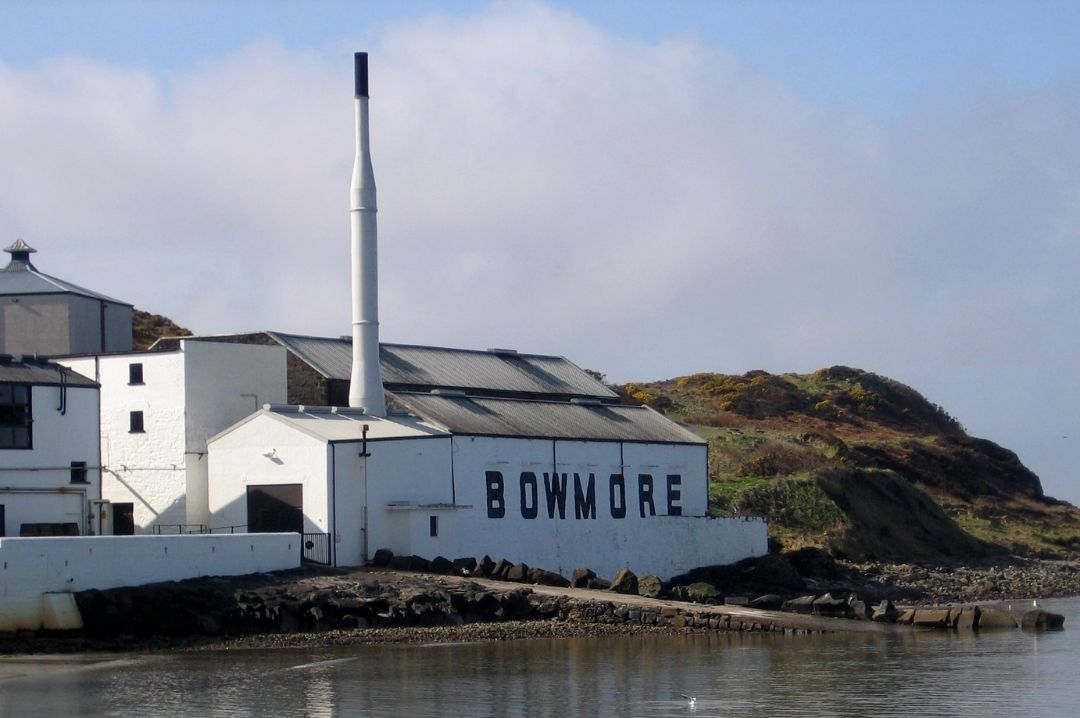
Bowmore Single Malt Whiskey, Source Facebook
The Bowmore distillery is the pioneer of Islay’s whiskey production. To this day, the distillery operates in traditional ways honouring the original whiskey-making techniques. With time, care and attention are given to detail, right from hand-selecting the casks, owning their proprietary malt barns and hand-turning the barley, the unique and timeless style of Bowmore is created. An unparalleled collection and an unparalleled tale of Islay’s finest. A tale that you can experience at the distillery.
Campbeltown
On the west coast of Scotland is Campbeltown, another big whiskey producing region of the UK. It is a part of the Kintyre peninsula that stretches from the Grampian mountain range’s western end to the south towards the shores of Northern Ireland. It has a great source of barley, peat and water along with coal that makes the location ideal for whiskey production. Just like its contemporaries, Campbeltown was also once a historical centre of distillation. Even today, it retains the same charm and respect. The number of distilleries had gone down because of the US Prohibition but the ones still operating have produced whiskies worthy of Campbeltown’s glory.
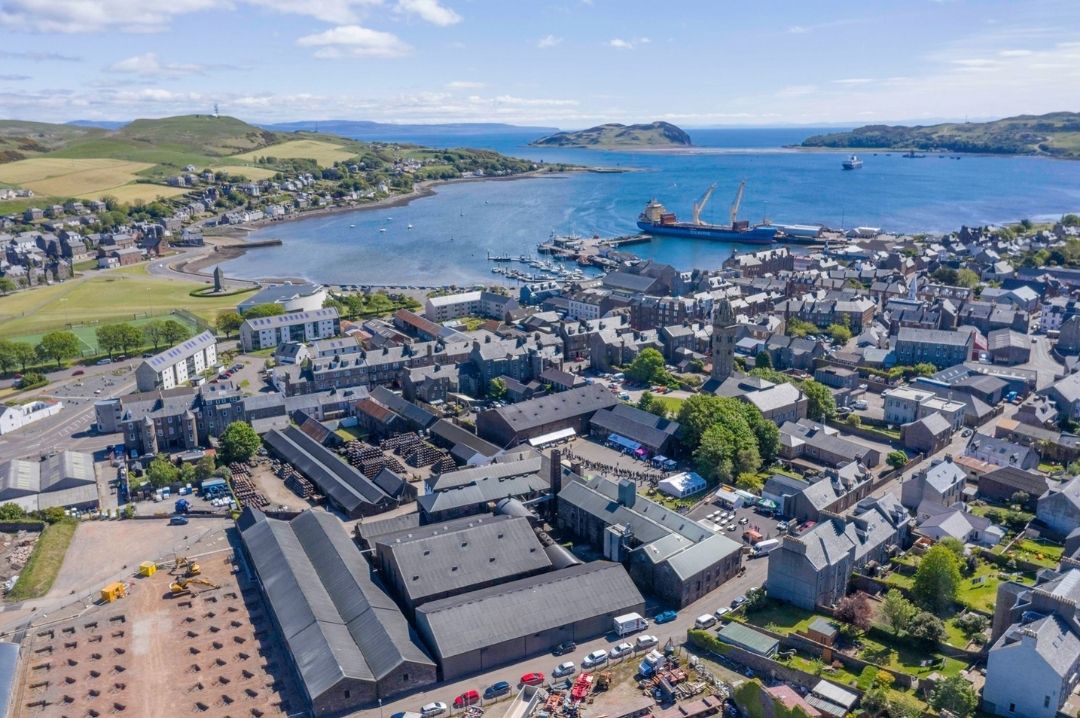
Springbank Distillers, Source Facebook
Among those that are still active and producing good single malts are the Springbank, the Glen Scotia and the Glengyle distilleries. The climate of Campbeltown is pretty similar to that of Islay, with a lot of maritime influence and cold temperatures. The whiskies produced here retain a lot of reflection of the region's coastal proximity. The whiskies are full-bodied, briny and slightly smoky. Back in the 19th century, Campbeltown was considered the ‘Whiskey Capital of the World’. Its importance has slightly reduced with the emergence of newer regions, but it still produces quite a few stellar whiskies to this day.
The Springbank 15-year-old or the Glen Scotia Victoriana are amazing examples of the beautiful whiskey producing history of Campbeltown. While the distilleries produce great products, they are quite different from one another. The ones produced by Springbank are robust and heavily smoky, Glen Scotia’s whiskies are light and grassy. Even though the distinction of being the centre of the UK’s whisky production has gone over to Speyside, Campbeltown will always retain its culture and place in the whiskey producing tradition of the United Kingdom.
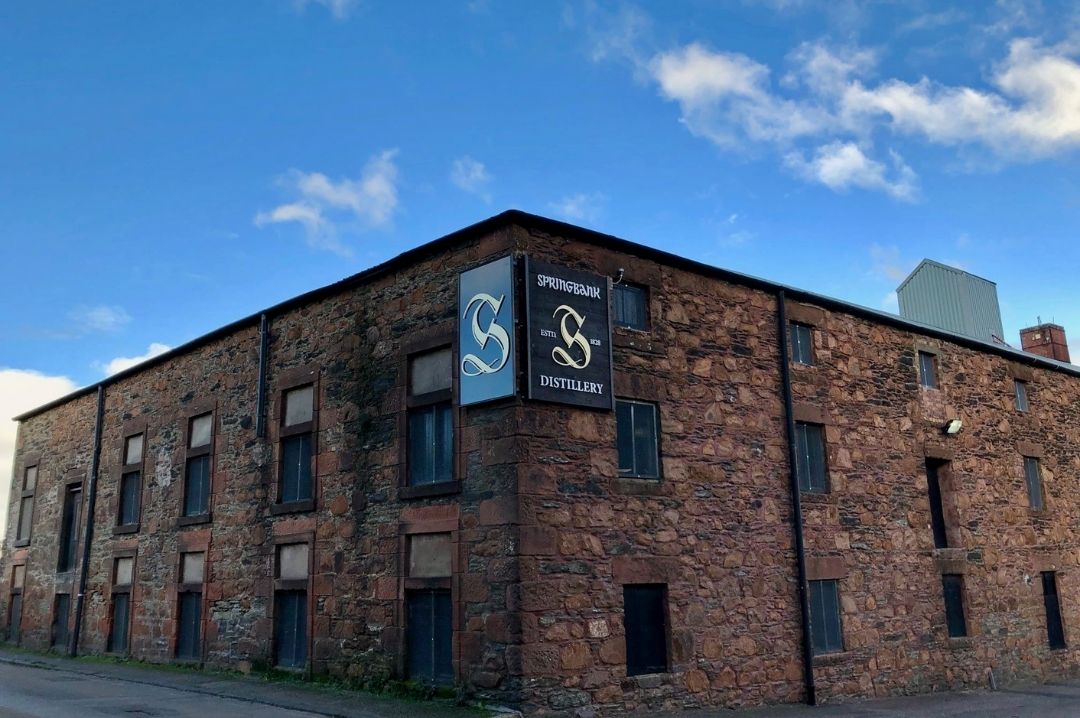
Springbank Distillers, Source Facebook
Established on Archibald Mitchell’s still in 1828, Springbank is currently in the hands of Mr. Hedley G. Wright, Mitchell’s great-great-grandson. The methods established by the forefathers are still applied in the distillery today. Pouring their passion and skill in every drop, Springbank’s single malts are unrivalled and world-class and so are their tours.
Islands/Coastal
Just off the western coast of Scotland is the Islands whiskey region, a big part of the reason why UK whisky regions are so celebrated. Essentially an extension of the terrains of the Highlands, Islands or the Coastal region still has its own independent identity. It is different in terms of the climate from mainland Scotland as well. While Scotland has colder weather, the Islands whiskey region has a more temperate climate.
The climate also doesn’t undergo a lot of seasonal extremes which makes it perfect for production as it allows the whiskies to mature and age slowly and evenly. While there are numerous islands, not all of them are inhabited. Orkney, among the inhabited islands, is home to Scapa and Highland Park distilleries. The other distilleries that are a part of this region are Abhainn Dearg in Lewis & Harris, Talisker in Skye, Tobemury on Mull and Jura and Arran. Jura and Arran are named after the islands themselves.
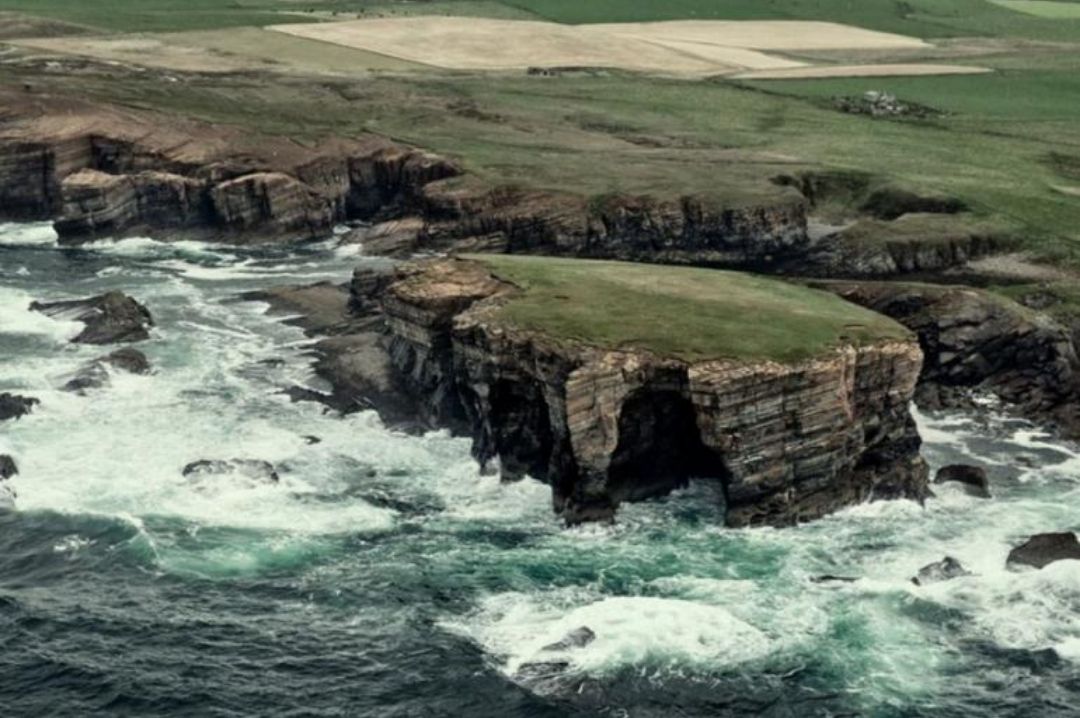
Highland Park Distillery, Source Website
Talisker is one of the biggest distilleries in Scotland. Among the famous whiskies from this region are the Highland Park 18-year-old from Orkney island, Talisker 10-year-old, Isle of Jura and others. The isles of Skye and Lewis produce peaty and smoky styles of whiskies while fruit dominated and lighter single malts are found in Jura and Mull islands.
Perched atop the high ground on the southern edge of Kirkwall, Highland Park has made significant contributions to take single malts to the top tier of spirits. Using a collection of stills made by the Forsyth’s, a renowned still maker in Speyside, Highland Park’s drive to create the perfect whisky is unrelenting. Sip on their collection and see why Highland Park is so high up on the list of whiskey lovers. A visit to their site will give you an idea of the unending heritage of not just Highland Park but that of the United Kingdom’s whisky regions.
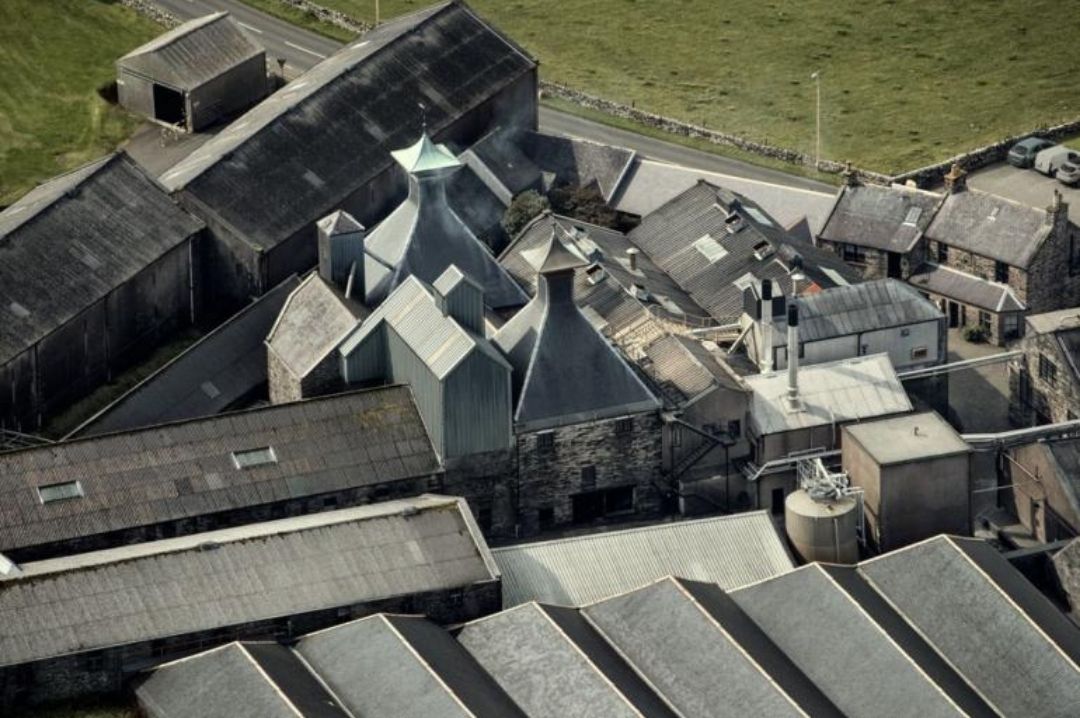
Highland Park Distillery, Source Website
All of these whiskey producing regions of the United Kingdom have time after time shown their class and rewarded the world with fine single malts. They have created an iconic image for themselves in the minds of experts and novice whiskey lovers alike. Their picturesque backgrounds, rich history and the unrivalled quality of whiskies along with their names being steeped in tradition all combine to give a magical experience to any individual in love with their glass of single malt.







